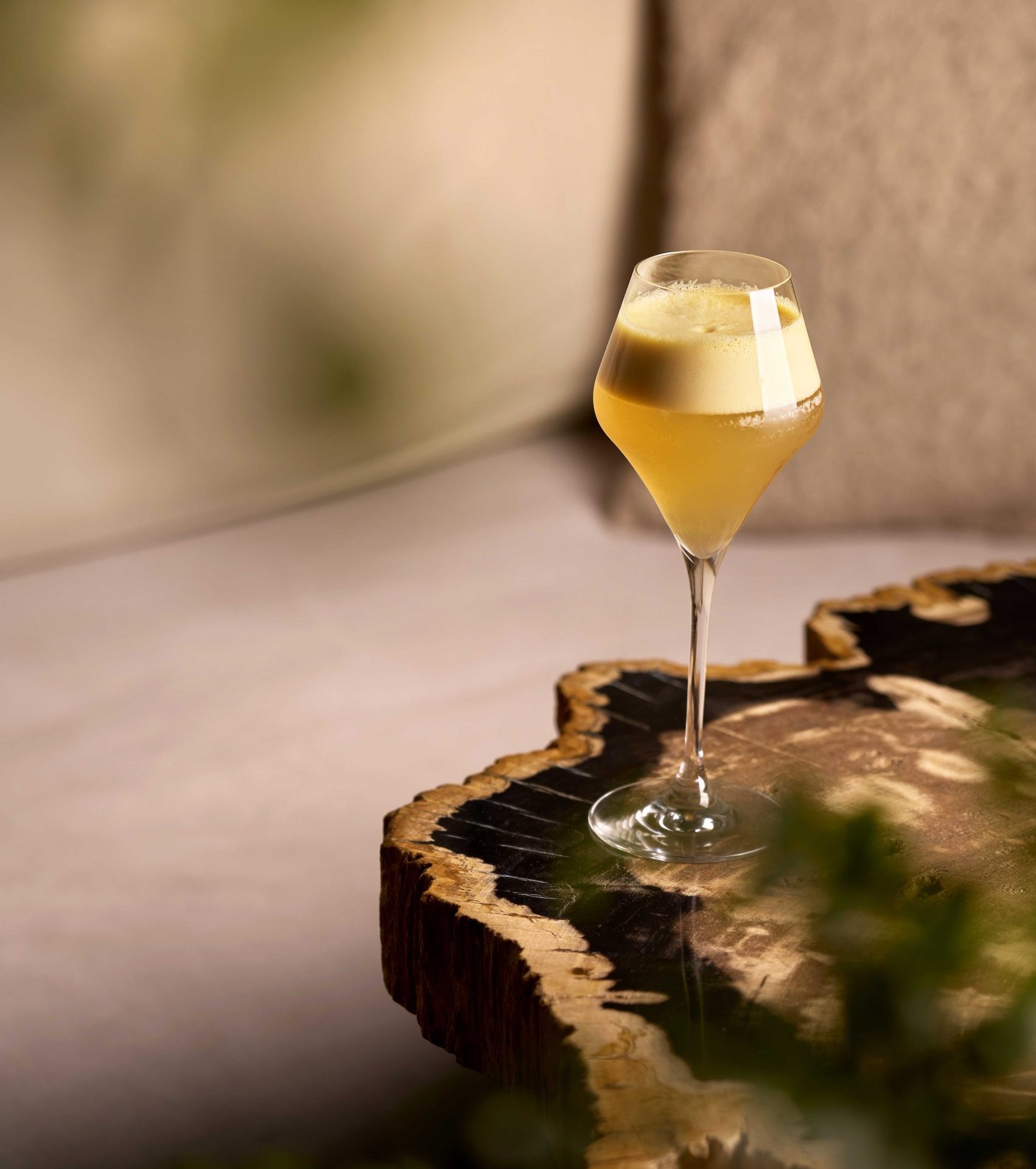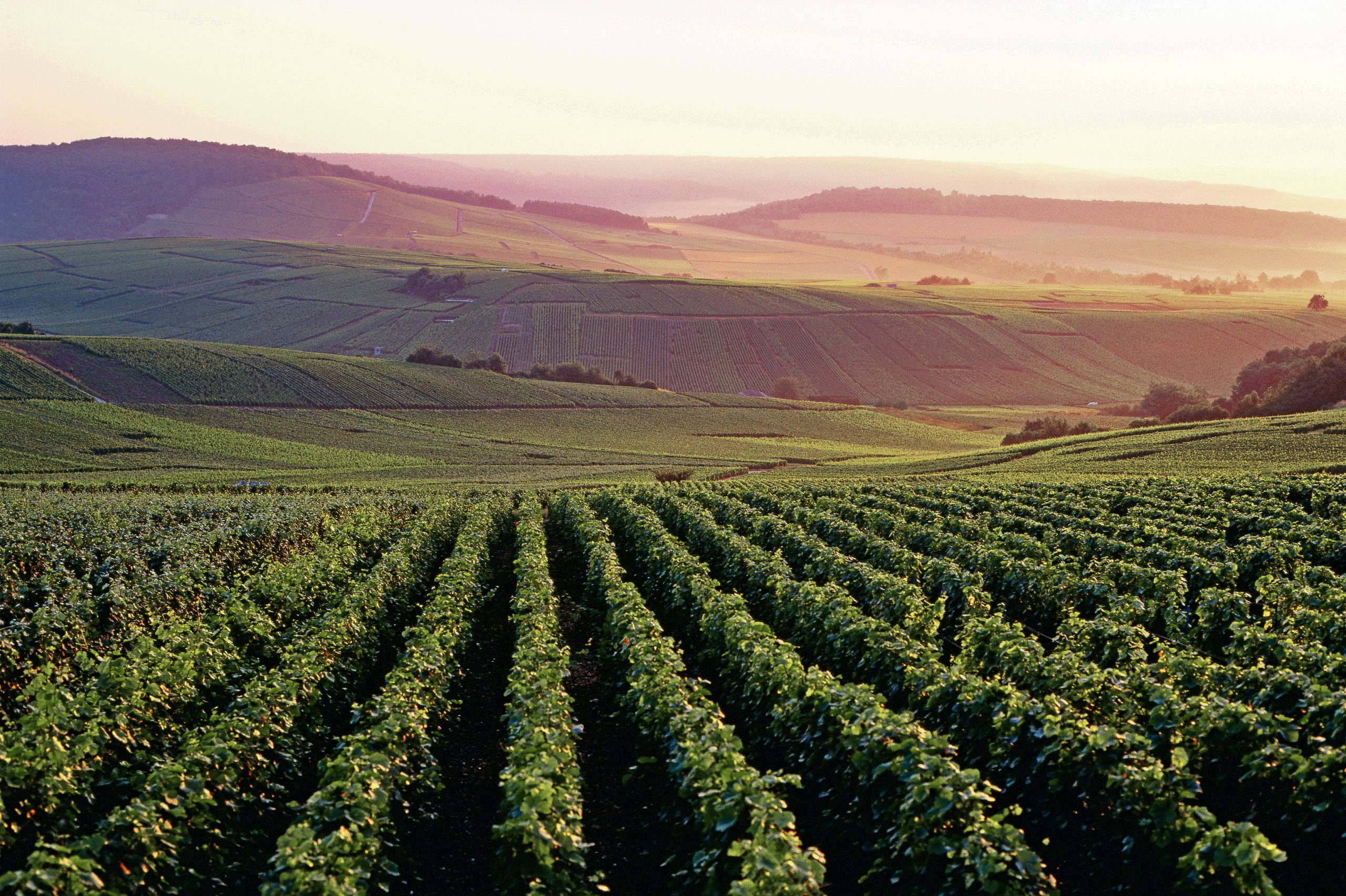Could Tempranillo be the future of Australian fine wine?
The drinks business asked some of Australia’s top producers which grape varieties have the most untapped potential for the country’s premium wines in the coming years. Here’s what they said…

The whites
According to Michelle Geber, managing director of Château Tanunda in the Barossa Valley, Australian Chardonnay is only just starting to hit its stride. “The vintage variation we have seen hit Europe in recent years provides an opportunity for Australian Chardonnay to make its mark. In Australia, we are blessed with consistent vintages and our Chardonnays can display a spectrum of crisp, refreshing and minimal oak-influenced styles, alongside fuller-bodied whites with balanced acidity. It’s also a variety that has great cellaring potential,” she told db.
For James Lindner, co-owner of Langmeil Winery, also based in the Barossa, white Rhône varieties, “including Marsanne, Roussanne, Viognier and Grenache Blanc” are also showing great potential for high-end Australian wines.
Australian Riesling “remains a highly underrated gem”, says Tim Pelquest-Hunt, chief winemaker, Orlando, Pernod Ricard Winemakers. The country’s Rieslings deliver “exceptional purity and freshness at an attractive price point while evolving gracefully over time.”
For Julian Dyer, Australian Vintage’s chief operating officer for the UK, Europe and Americas, there has been “a jump in sales of Australian Pinot Grigio and Sauvignon Blanc in the last few years”. He wouldn’t be surprised, he said, “if Vermentino and Fiano also come to the fore.”
Partner Content
The reds
“Western Australia already excels in Cabernet Sauvignon and Shiraz but I believe there is significant untapped potential for cool-climate styles such as Pinot Noir and sparkling wine, which are among the most exciting wines emerging from Western Australia right now,” Rich Burch, sales and marketing director for Burch Family Wines, told db.
For Pelquest-Hunt, Australian Grenache stands out with its potential to produce wines that are “both bright and deep, offering a fascinating interplay of qualities such as ‘powerful yet elegant’.”
He says that Tempranillo, too, is gaining traction, known for its “bold fruit flavours and impressive ageing potential, and the Spanish variety is “well-suited to Australia’s hot, dry conditions, making it a resilient choice in the face of climate change.”
James Lindner’s family tree includes an Italian branch, so the Langmeil boss is “excited to see how Montepulciano, Primitivo and Sangiovese will develop here in Australia.” However, he was at pains to stress that “we must also remind consumers how good our premium wines from classic varieties can be. Shiraz underpins Barossa and has helped establish the region’s fine wine reputation since the first plantings in the 1840s. It continues to drive sales while evolving stylistically.”
Related news
Australian politician faces fine for drinking beer
South Australia wine exports to China reach post-tariff high
Everything you wanted to know about the Australian beer industry




